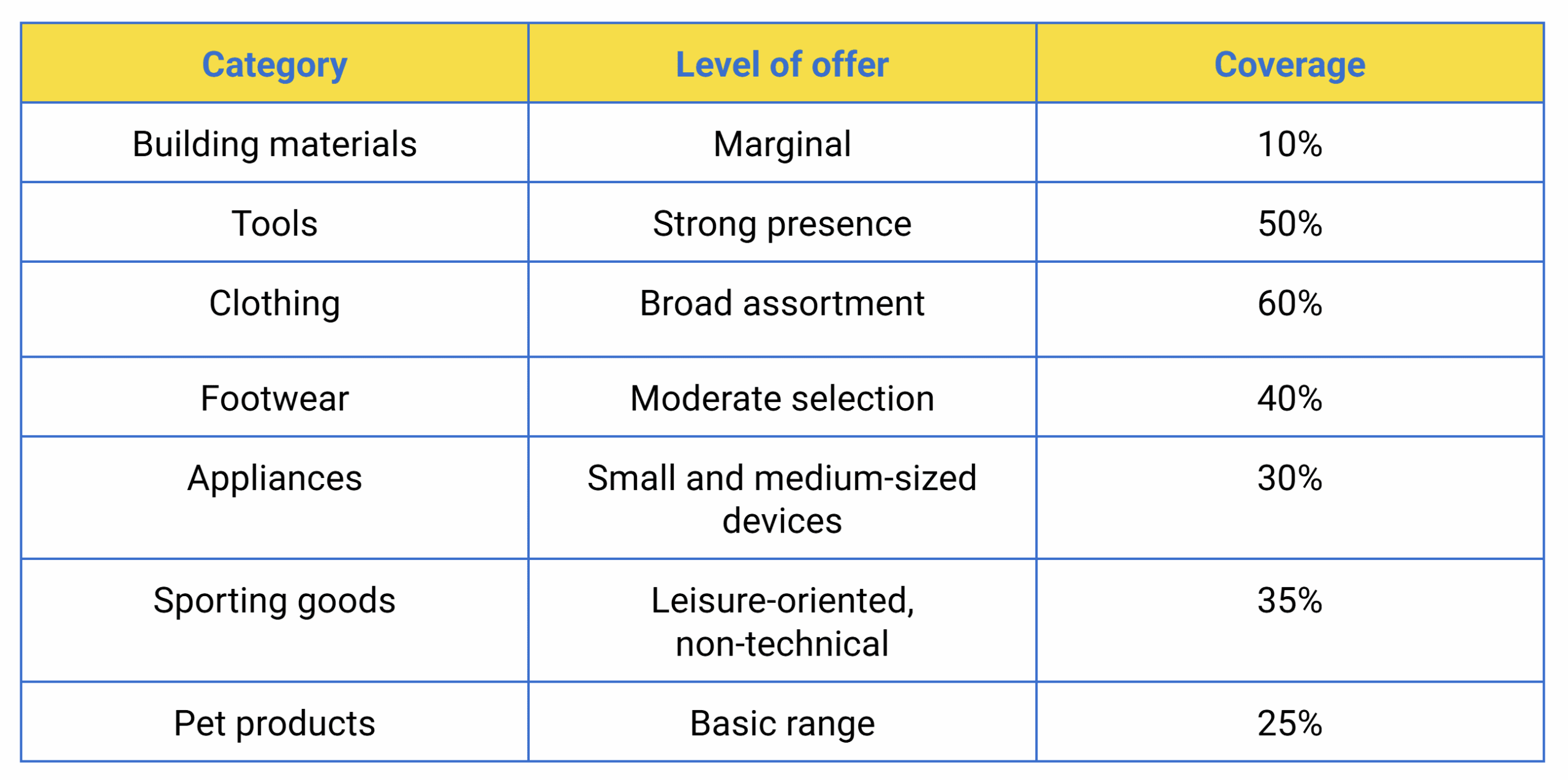Household Spending Data to Estimate Market Potential
November 20, 2025

In a context where competition is intensifying and every new store location represents a major investment, organizations are striving to base their decisions on reliable data. Understanding where and how consumers spend their money has become essential to accurately estimate the market potential of a given territory.
However, these spending insights are only useful if they truly reflect local realities and that’s exactly where spending data calibration comes in.
Why spending data matters
National household spending surveys provide an overview of how consumers allocate their budgets across categories such as food, housing, transportation, leisure, and financial services. This information helps measure local demand and identify the areas where certain product or service categories are most consumed.
For retailers and insurers, these insights help answer key strategic questions:
- How much revenue could a new store location generate?
- Is there an underserved market opportunity in this region?
- Are current locations performing to their full potential?
How to estimate market potential from spending data
Estimating market potential is based on a simple principle: turning spending data into projected revenue. By combining local consumption habits with the size and composition of households, businesses can estimate the total amount a store could generate in a specific area. However, these projections are only reliable when spending categories are properly calibrated to reflect the actual products and services offered by the retailer.
The risk of uncalibrated forecasts
Many organizations rely on raw spending data without any adjustment. The issue is that these figures don’t account for the actual business reality being analyzed.
For example, a general merchandise retailer sells everything from clothing and sports equipment to pet products. If all these spending categories are included at 100%, the market potential is heavily overestimated, leading to unrealistic sales forecasts and risky investment decisions.
Calibration: A more realistic approach
Calibrating spending data means applying a coverage rate to each spending category based on the retailer’s actual offer.
Examples:

Thanks to this calibration process, organizations can reduce the gap by up to 40% between raw estimates and the actual addressable market.
Want help to know your revenue potential?
Benefits across multiple sectors
Spending data calibration isn’t limited to retail, it’s a cross-sector strategic tool that benefits any organization relying on data to plan, invest, or evaluate performance.
Retailers
Retailers are among the first to benefit from this approach. By aligning spending data with local realities, they can plan store openings more effectively and gain a clearer understanding of each territory’s dynamics. Calibration helps them assess whether existing stores are truly performing in line with the market’s potential, while also preventing cannibalization by analyzing the overlap and complementarity of trade areas.
For instance, a pet supply retailer can calibrate spending data to include only the portion relevant to its actual product offering—such as pet food and basic accessories. This allows the retailer to identify neighborhoods where demand remains underserved and to adjust expansion strategies accordingly.
Insurers
Insurance companies use calibration to gain a more detailed understanding of consumer behaviors and risk profiles. By combining calibrated spending data with sociodemographic and behavioral information, they can target the right customer segments and design offers that reflect local realities.
This approach makes it possible, for example, to cross-analyze spending related to home security or vehicle maintenance with socio-economic indicators in order to fine-tune products and pricing. An insurer can then identify geographic areas with high potential for specific products such as home or auto insurance, and adapt campaigns to the consumption patterns observed in those markets.
Restaurant chains and food services
In the restaurant industry, spending data calibration helps businesses better understand the distribution of purchasing power and estimate average household spending by type of restaurant.
It specifically helps to:
- Identify high-potential areas, based on demand for specific restaurant formats such as quick-service, healthy, or gourmet dining.
- Select strategic locations, by aligning site choices with local purchasing power and consumption habits.
- Combine calibrated spending data with pedestrian or road traffic, to accurately assess the potential profitability of a new location.
- Adjust expansion strategies, by targeting neighborhoods where spending on dining out is high but the current offer remains limited.
By integrating calibrated spending data into their analysis, food service companies shift from a purely demographic view focused on population or median income to a true monetary evaluation of the market. This approach delivers more reliable forecasts, sharper marketing insights, and a more strategic prioritization of investments.
Why work with a partner like Korem
While calibration may seem straightforward, it requires methodological expertise, in-depth geospatial analysis, and access to reliable data sources.
A comprehensive approach
Korem supports its clients at every stage of their data-driven decision-making process:
- Geointelligence expertise: transforming raw data into actionable insights.
- Proven methodology: applying a calibration framework tailored to each client’s business model.
- Integration of traffic and sociodemographic data: combining diverse datasets to deliver a complete territorial overview.
- Visualization and integration tools: providing seamless access to results within clients’ existing analytical systems.
- Strategic guidance: interpreting and operationalizing findings to support planning, segmentation, and investment decisions.
Expertise supported by Environics Analytics and Precisely
Korem leverages demographic and behavioral data from Environics Analytics and Precisely, delivering accurate and comprehensive coverage across North America.
These datasets combine:
- Household spending data;
- Socio-economic and demographic profiles;
- Lifestyle segments that accurately reflect local realities and consumer behaviors.
This integration allows Korem to provide a granular, data-driven understanding of markets, ensuring that every projection and calibration reflects the true conditions of a given area.
By combining data, geointelligence, and a rigorous calibration methodology, Korem helps organizations transform data into a concrete competitive advantage.




